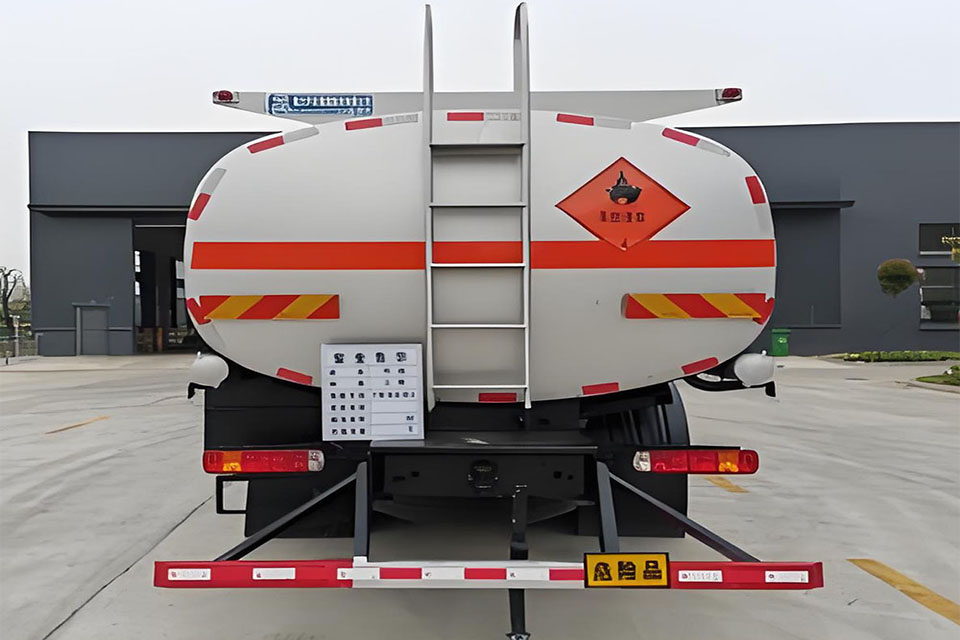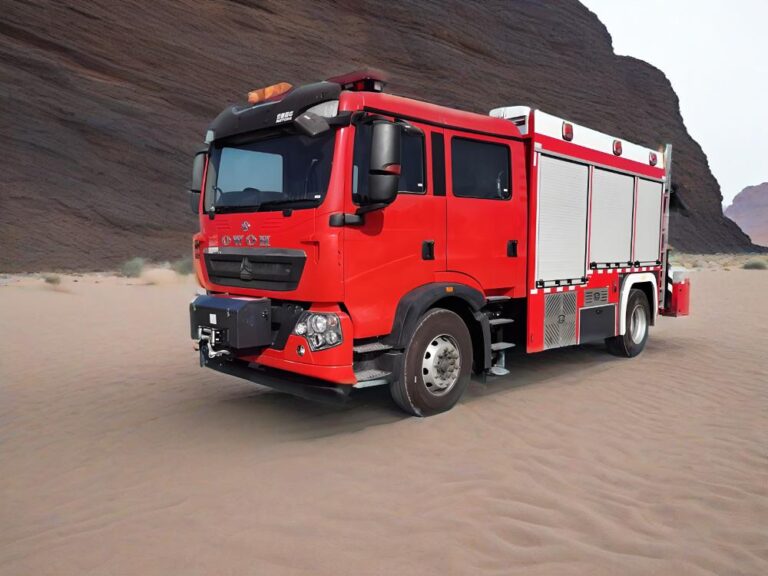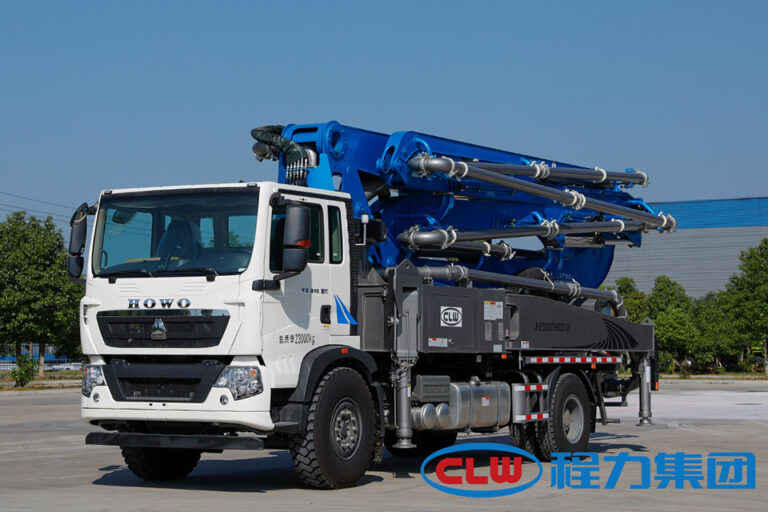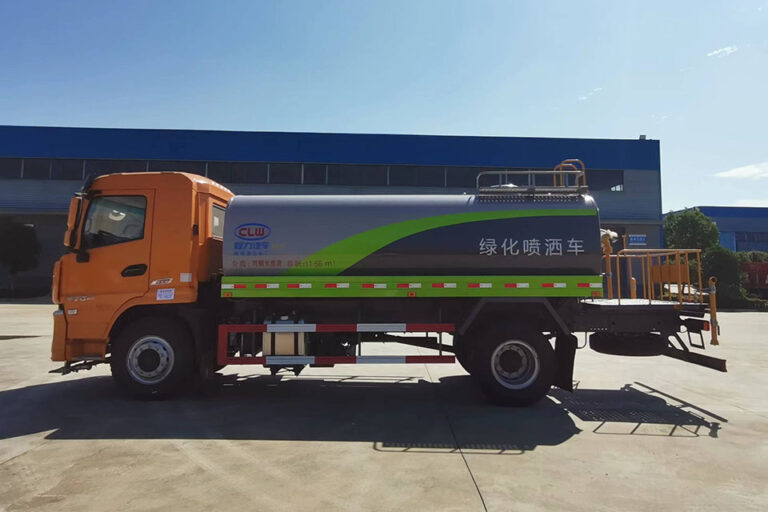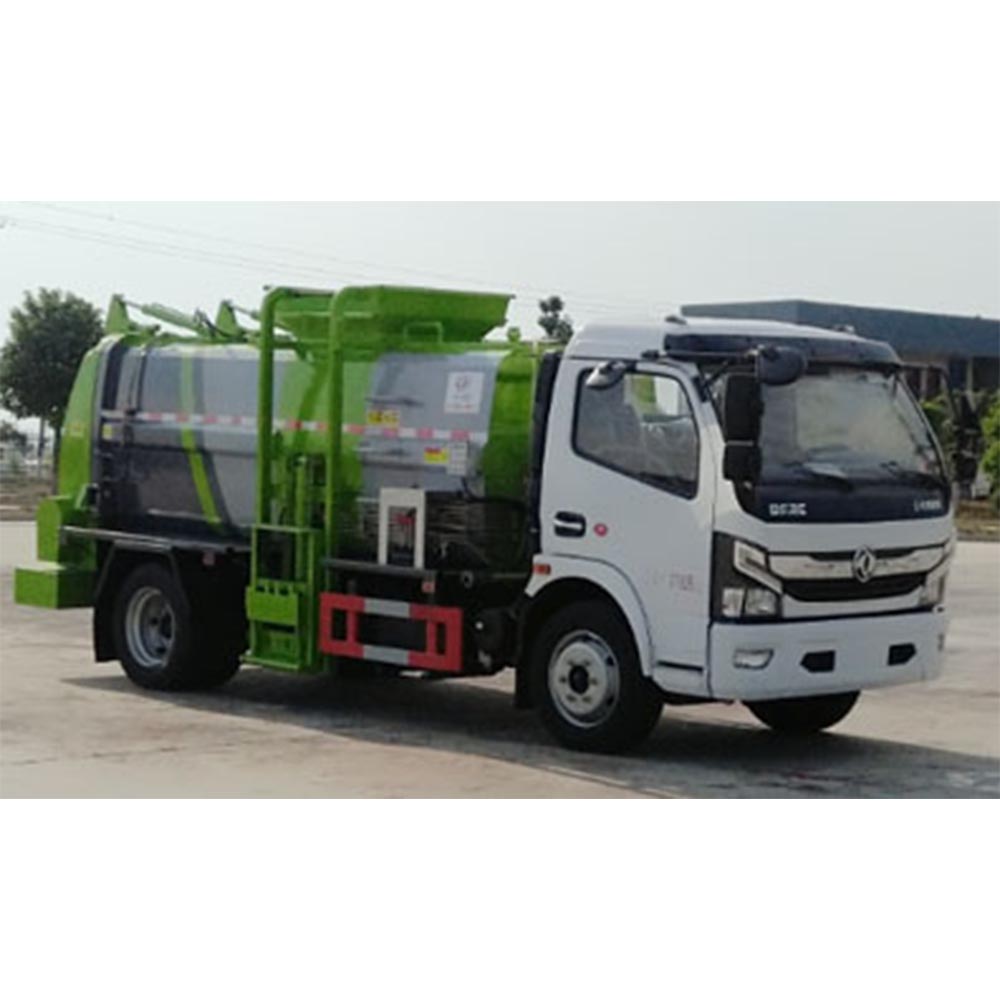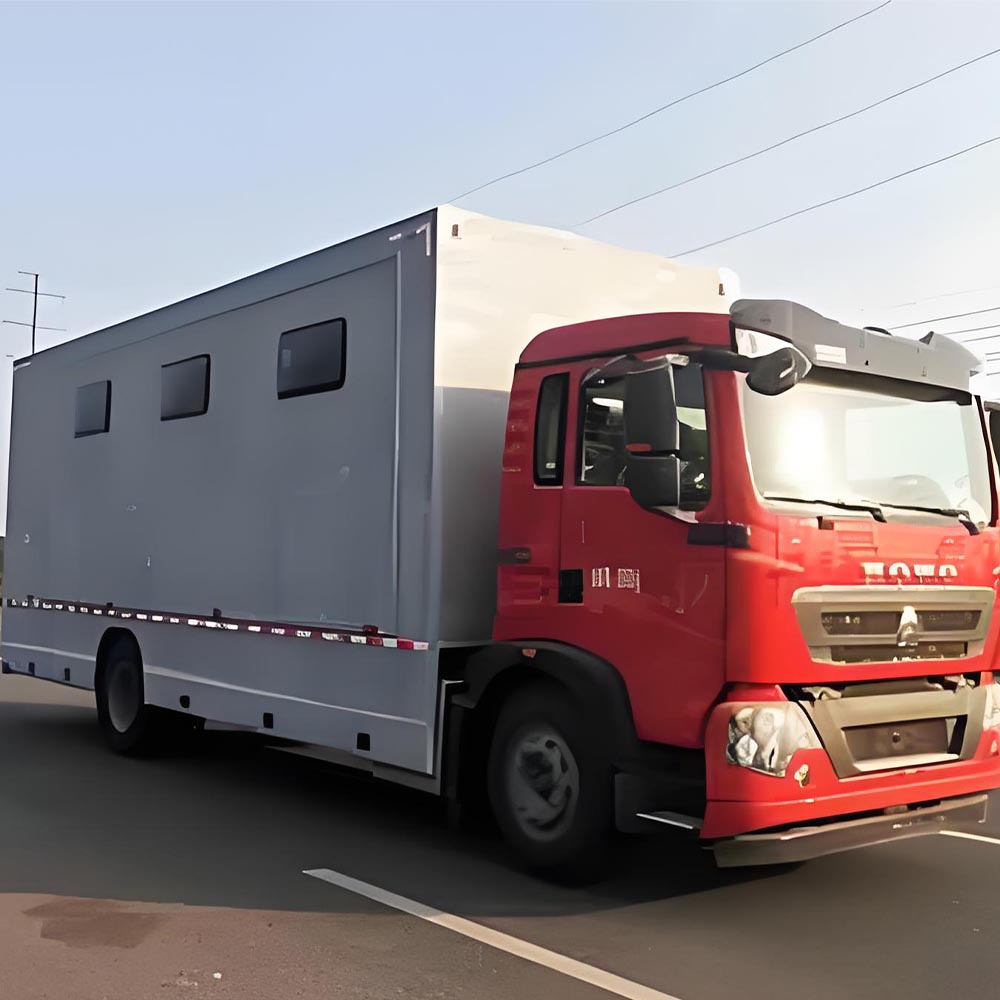-
Chengli Automobile Industry Park
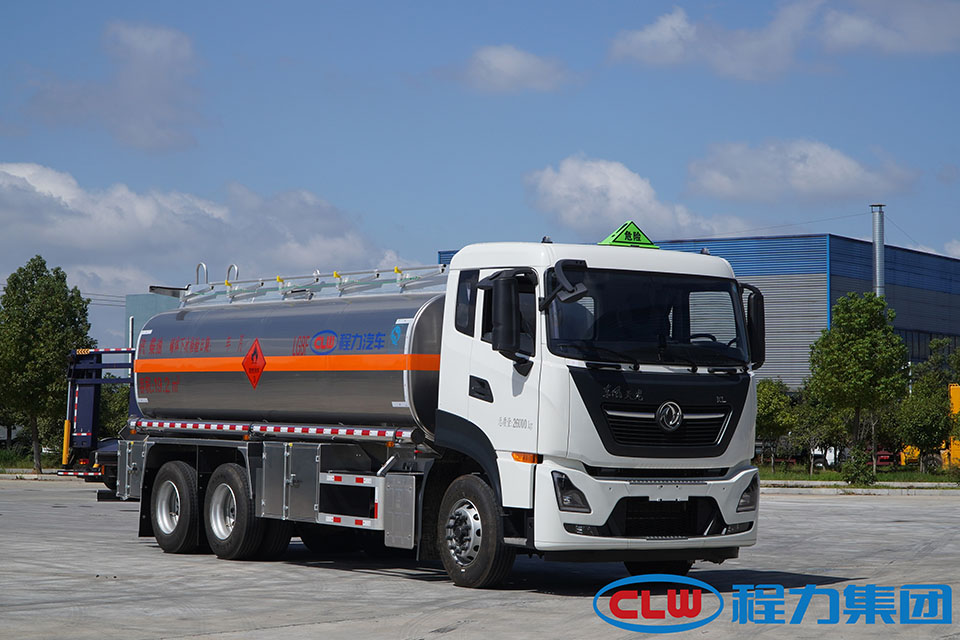
How to load a tanker truck?
How to Load a Tanker Truck: Easy Step-by-Step Guide
Loading a tanker truck is not hard when you know the steps. This guide will help truck drivers and site workers load tanks the right way. Safety comes first when we work with big trucks that carry liquids or gas.
Table of Contents
What is a Tanker Truck?
A tanker truck is a big truck made to carry liquids or gases on roads. These trucks started with Standard Oil more than 100 years ago. Now we have many types of tanker trucks that come in different sizes for different jobs.
You can see many kinds of tanker trucks on the road:
- Fuel tankers
- Milk tankers
- Chemical tankers
- Water tankers
Tanker Truck Manufacturing Insights
Global Reach
50+
Countries served with exports
Production Scale
610 Acres
Manufacturing facility size
Workforce
1,786
Employees in production
Why Safe Loading Matters
Bad loading can cause:
- Spills that hurt the ground and water
- Fires that can hurt people
- Fines that cost a lot of money
Safe loading keeps everyone safe and follows the rules that the law says we must follow.
Getting Ready to Load: First Steps
Before you put anything in the tank, you need to get ready.
Check Your Truck and Tools
- Look at all valves to make sure they work right
- Check hoses for cracks or holes
- Make sure seals are not broken
- Look at the tank to make sure it is not damaged
Safety Gear You Need
Always wear:
- Gloves to keep your hands safe
- Eye guards to keep your eyes safe
- Hard hat to keep your head safe
- Boots that don’t slide
Have spill kits near you to clean up fast if something spills.
Loading Step by Step
Step 1: Connect All Parts
Connect the hoses and valves to the tanks. This is how the liquid will flow from the big tank to your truck tank.
Make sure to ground the truck first. This stops sparks that could start a fire.
Step 2: Start the Flow
Once all parts are hooked up right, you can start the flow. Watch how fast the liquid goes into the tank. Don’t fill too fast or it might spill.
| Loading Method | How It Works | Pros | Cons |
|---|---|---|---|
| Top Loading | You put the hose in from the top of the tank | Was used a lot in the past | More chance of spills (95% more than bottom loading) |
| Bottom Loading | You connect the hose to a valve at the bottom | Less spills, safer | Needs special parts |
Step 3: Check the Quality
While the tank fills, you need to test the liquid. This makes sure it’s good and clean.
Tests look at:
- How thick the liquid is
- If there is dirt in it
- If it has the right mix
Good tests stop bad loads that could hurt engines or tanks later.
Step 4: Watch for Leaks
The most important job while loading is to look for leaks. Did you know 78% of tanker spills happen during loading because hoses come loose?
Keep your eyes on:
- Where hoses connect to tanks
- All valves and seals
- The ground under the truck
If you see a leak, stop the flow right away!
Step 5: Finish the Load
When the tank is full:
- Close the loading valve
- Leave the drop tube in the tank for 3-5 minutes to drain (this cuts spills by 60%!)
- Close the dome cover tight
- Do the same for all parts of the tank
- Move the truck if needed to fill all parts right
After Loading: Final Checks
Before you drive away:
- Check one more time for leaks
- Make sure all caps and covers are on tight
- Fill out all papers
- Clean up any small spills
- Take off safety gear
Top Loading vs. Bottom Loading: Which is Better?
Most new tanks use bottom loading because it’s safer. Here’s why:
- Bottom loading has 95% fewer spills than top loading
- Workers don’t have to climb on top of tanks
- Less gas gets out into the air
- Loading goes faster
But you need special valves and parts for bottom loading.
You can learn more about these tractor units for semi-trailers that pull tanker trucks.
Safety Rules You Must Follow
Grounding and Bonding
Always ground the truck to stop sparks. Trucks with good ground systems have 80% fewer fire problems.
Know What You’re Hauling
Different liquids need different care:
- Fuel: Very easy to catch fire
- Food: Must stay clean
- Chemicals: Can burn skin or make bad gas
Make sure your truck can carry what you’re loading. Read more about specialized tanker trucks for liquid transport.
Loading Speed
Don’t load too fast! Fast loading can cause:
- Air pockets
- Spills
- Wrong readings on gauges
- Static build-up
Common Loading Mistakes to Avoid
- Not checking the truck first: Always look before you load
- Rushing: Take time to do it right
- Not waiting for the hose to drain: Wait 3-5 minutes after closing valves
- Bad talks between driver and loader: Talk clear about what you’re doing
Tools That Help With Safe Loading
New tools make loading safer:
- Auto shut-off valves that stop when the tank is full
- Vapor recovery systems that catch gas that gets out
- Digital meters that show how much is in the tank
- Cameras that let you see hard-to-see spots
If you work with fuel delivery, check out fuel tanker trucks for refueling to see the latest models.
Case Study: How One Company Cut Loading Spills by 90%
A big fuel company had too many spills when loading trucks. They made these changes:
- Trained all workers better
- Put in new bottom-loading systems
- Added checklists for every load
- Gave prizes for no-spill months
In one year, they had 90% fewer spills and saved $50,000 in cleanup costs.
Questions People Ask A Lot
How long does it take to load a tanker truck?
It depends on the size and what you’re loading. Most take 20-45 minutes.
What if I see a leak while loading?
Stop the flow right away. Use your spill kit. Tell your boss. Never keep loading if there’s a leak.
Can bad weather make loading hard?
Yes! Wind can make vapors blow around. Rain can make surfaces slick. Snow or ice can freeze valves. Be extra careful in bad weather.
Tips From The Pros
- Walk around the truck before and after loading to spot problems
- Take your time with connections – most leaks happen from rush jobs
- Keep a log book of all loads to track patterns
- Watch the weather and plan for wind or rain
Conclusion
Loading a tanker truck is an important job that needs care and skill. By following these steps and safety rules, you keep yourself, others, and our world safe from spills and fires.
Remember to:
- Check everything before you start
- Connect all parts right
- Watch for leaks the whole time
- Let hoses drain fully
- Check again before you leave
For more about special trucks, learn about corrosive liquid tankers that carry harsh chemicals.
Safety first, every time!
